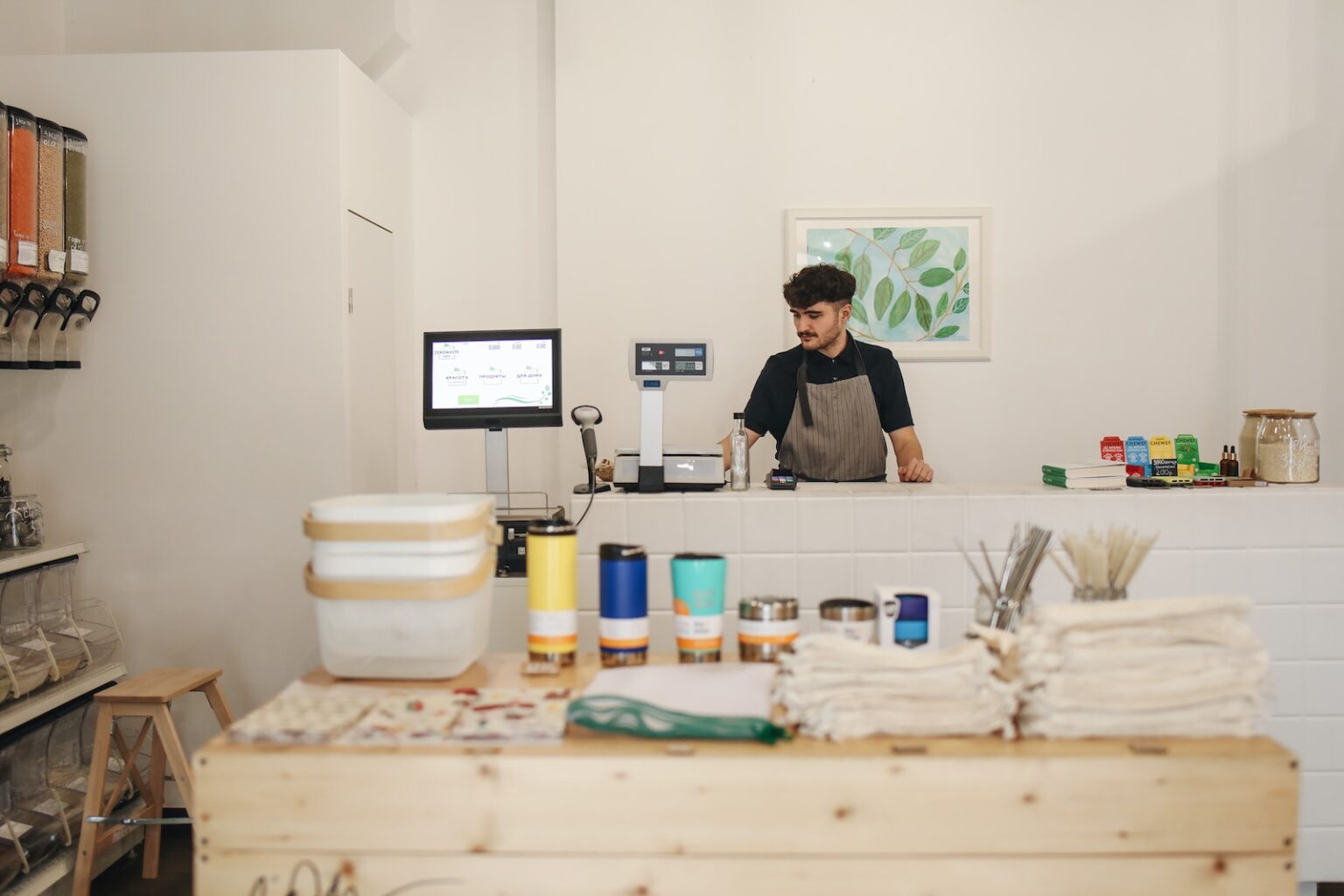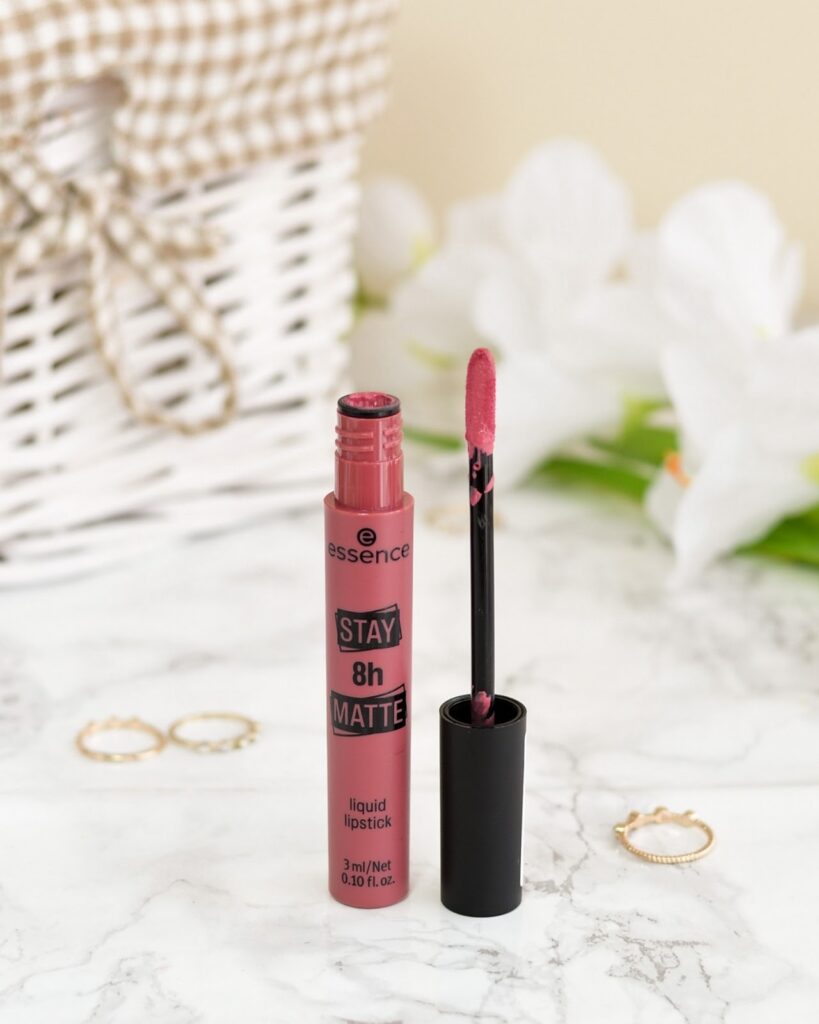How to Create a Diverse Retail Marketing Mix
Learn how to bring in more customers and keep your marketing and sales running smoothly with a retail marketing mix.

Learn how to bring in more customers and keep your marketing and sales running smoothly with a retail marketing mix.

As a retail business owner, you and your customers have complementary goals. You want to sell products, they want the convenience, comfort, efficiency, or excitement those products provide.
Ideally, that means you could simply place your products in front of your customers, showcase their value, and set some tempting prices, and BAM, sales.
But if we’re being realistic, that’s a lot of moving pieces.
Thankfully, there’s a formula for the whole process: It’s called a retail marketing mix, and I’ll cover what it is and how to set it up from start to finish.
TABLE OF CONTENTS
A marketing mix is the combination of factors that you can control to persuade consumers to buy your products. It’s the customer experience recipe that encourages people who want or need your product to decide to buy from you. The ingredients are the elements of your marketing strategy that you personalize to your target audience
An advertising professor at Harvard, Neil Borden, first popularized the concept in the middle of the twentieth century — starting with the four Ps of marketing (product, price, place, and promotion). Others have since expanded the work to account for a more digital customer experience.
Honestly, when I was researching this topic, I found about five different perspectives on what exactly makes up a great retail marketing mix today. I’ll share with you the most comprehensive version I found.
An ideal retail marketing mix is made of the seven P’s. Let’s break them down.
At the risk of sounding painfully obvious, your marketing’s performance hinges on the product or service you sell. Know what it is, why your customers want it, how they’ll use it, and which products they might use it with (which you might also sell).
You’ll also want to be sure you have enough of each kind of product and a healthy variety unless you’re a highly specialized retailer. A drugstore, for example, might have a wider variety of products than a retailer that only sells bikes and bike accessories.
How to set it up:
You probably already know what you offer and who it’s meant for, but you should also look for gaps in what you offer.
What else could your customers use alongside your products? Lotus and Luna recommends related products to encourage supplemental sales — consider what you might add to your inventory.

As you design your pricing strategy, consider the message that your prices send about the quality and desirability of your products. Do you want to create demand by marking up your products, or do you want to set competitively low prices to draw customers away from other retailers?
Hint: The best retailers frequently use both strategies in different combinations. You might run a limited-time sale to create some urgency before returning products to their normal price or highlight your more expensive products to convince customers to buy them.
This is something Tuft & Needle does well. They started with just one type of mattress, but now they have three options to choose from that increase in price and features, so they can appeal to people of varying budgets. Tuft & Needle also run sales to create a sense of urgency (like their Memorial Day sale).
How to set it up:
As you set your prices, keep three things in mind.
This refers to exactly where your products are relative to your customers and how accessible they are.
Take some time to think about where your products are placed, both online and in-store. For example, have you ever noticed that when you’re in the grocery store, the name brands and tempting goodies are always at eye level to better grab your attention?

Likewise, if you sell primarily online, think about which products you place on banners or your homepage to make them the first thing customers see.
Another smaller but still important piece of this would be things like your store hours and layout. Can people find your products at the time of day when they need them? Are they placed next to similar products in-store? Is your e-commerce site’s category pages organized in a way that aligns with how your customers shop?
How to set it up:
This one’s pretty simple. What do you most want your customers to see, when, and with what?
Let’s take it piece by piece.
Next is the promotion step of the retail marketing mix.
Think about how you show off your products to people (and I’ll dig into this more shortly). Do you send emails to your customers? Post on social media? Send out text alerts? This is just about figuring out the best way or ways to let customers know what’s on offer based on their demographics, lifestyles, and other common characteristics.
How to set it up:
Now it’s time to let people know about all the good stuff you’ve got in stock. When thinking about your promotion strategy, consider both where you communicate with your audience currently and what would be the most convenient way to communicate with them going forward.
Here are a few of the most popular ways retailers get in touch with their customers.
And if you’re ready to go pro mode, try combining some of these methods. Gather text contacts by sending out your keyword through email or social media, or text customers a link to your latest Instagram post. Don’t be afraid to mix it up.
The “process” step encompasses everything that happens from when a customer puts an item in their cart to when they finish checkout.
To keep customers happy and interested in coming back, this process should be smooth and easy to navigate, whether it’s done in person or online. For brick-and-mortar retailers, that means things like easy-to-use self-checkout options.
For those in e-commerce, it looks like seamless site navigation and a clear, quick checkout process to prevent abandoned carts.
The process step doesn’t end with your customers’ actions, though. To keep it running, you’ll need to make sure you have inventory and accounting software integrated with your store so you have an accurate picture of your stock, sales, and software.
How to set it up:
Creating a smooth buying process mostly means minimizing the steps your customers have to go through to get what they need and the distractions they might encounter while they’re checking out.
We’ve all been through an online checkout process littered with pop-ups, extra boxes to check, images that didn’t need to be there, and slow page load times. That’s the sort of thing you’ll need to eliminate from your store to help customers stick around until the end of the process.
For an in-person checkout process, make sure you have enough self-checkout stations and that they all include clear instructions for each step.
And, whether you sell online, in-store, or both, be sure to provide a few different options for payment (credit, debit, cash, PayPal, etc.) so customers can pay according to their preferences.
Pro tip: Want to know exactly how well your process works? Have your customers fill out a web form or text in a keyword so you can contact them after their purchase to get their feedback.
Of course, no retailer can really thrive without an efficient staff. Your people should be aligned with your company values and processes and well-trained in all your store functions, from inventory to sales.
If they’re physically helping customers, make sure they’re well-versed in customer service best practices and are able to suggest additional products that might meet each customer’s needs.
How to set it up:
At a minimum, you’ll want to be sure your customer-facing staff are trained in customer service and are familiar with your products and what to recommend.
Going a step further, the more specialized your store, the more specialized your team should be.
And above all, be sure your team is aligned with your brand’s voice and its values. This will keep your customer experience standardized and let your customers know exactly who you are as a business.
To bring this all together, have you ever asked an REI employee a question? Depending on which department they’re in, they could talk about rock climbing, kayaking, or yoga for literal hours.
It’s very obvious that they work at REI because they’re people who know a lot about their hobby, are passionate about that hobby, and who really want to help you get passionate about it, too. That’s the sort of team you want.
Last but not least, do your products look like something customers will want to buy?
Great product presentation includes brand-aligned design and packaging and attractive location design, whether that’s on an eye-catching shelf or display or on a well-put-together webpage. Do you have visuals showing the product at the best angles or showing people using it?
The presentation can also extend to how the product looks when it shows up at a customer’s home. Keep your brand experience in mind when designing your presentation (make sure it looks polished and expresses who you are as a business).
How to set it up:
Last but not least, you want to present a tempting product to your customers.
The biggest rule here is to keep your branding front and center (your logo, your colors, any specific fonts you use, and so on), but the rest is up to you.
Consider highlighting the biggest value points of the product on its packaging.
As a cosmetics nerd, the number-one way to get me to buy something is to put words like “Hydrating” or “8-hour wear” right on the front.

If you sell toys, show off pictures of kids playing with the product or include a test button so shoppers can hear or see how it works.
Why is it so important to put all these pieces of the retail marketing mix together?
Put simply, the entire customer experience matters. If you’re intentional about everything customers see and do as they decide whether to buy from you, your whole marketing structure stays cohesive, inviting, and effective.
Not to mention, if you have a good grip on every step of your customer processes and marketing, if something goes wrong or needs improvement, you’ll be able to quickly pinpoint where it happened and why. That can’t happen if the parts of your retail marketing strategy run independently and aren’t being monitored.
You’re almost ready to put your marketing mix to work, but before you do, here are a few important points to keep in mind.
Running a retail brand can be a mile-a-minute bundle of chaos, and sorting each piece of your business out into these categories to monitor and tweak them as needed can be a huge help.
With your processes in place, you can focus on being the creative brain behind your brand and bringing customers in at record rates.
Lily is a content marketing specialist at SimpleTexting. She specializes in making helpful, entertaining video content and writing blogs that help businesses take advantage of all that texting has to offer. When she’s not writing or making TikToks, you can find Lily at roller derby practice or in a yoga studio in the Seattle area.
More Posts from Lily NortonLearn how to write a thank you message for attending an event, and see seven examples of the best practices in action.
ReadI spent over a month listening to the top podcasts recommended by small business owners. Here are my favorites.
ReadStart a text marketing campaign or have a 1-on-1 conversation today. It's risk free. Sign up for a free 14-day trial today to see SimpleTexting in action.
No credit card required